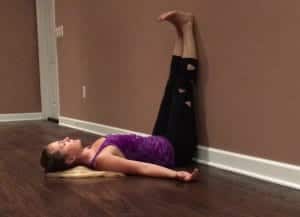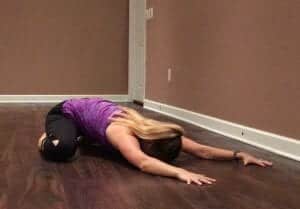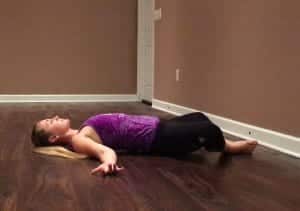Written by Andy Vantrease >> Inspired by studies with Therese Jornlin and J. Brown.
In any given yoga class, you’ll hear a myriad of cues for where to place your body parts: lift your right leg high, bring it through to your hands; elbow to your knee and twist your body to the right; knee over ankle, legs engaged.
For the most part, we’re not short on guidance when it comes to the physical practice. Moving your body into and out of certain poses builds strength, balance and flexibility as well as expands your body awareness and allows you to explore how you move in time and space. (All undoubtedly helpful for living well.)
What you may not know is that, traditionally, the asanas—and any physical movement for that matter—are meant to serve a lesser-celebrated source of health: your breath.
Why the breath comes first
Your breath is the force that met you when you were first born, and it’s the force that will guide you out of the experience of this particular life. It’s always there, cycling quietly amidst every emotion, feeling, thought and movement. Yet, how often are you aware of its presence? Of its capacities? Of its role in your practices and your life?
Fun fact: The respiratory system is the only system in the body that is both involuntary and voluntary, meaning it’s on when you’re not thinking about it, and you can decide to consciously control it whenever you want, using the power of your mind.
Think about it this way: You can’t decide on a whim to change your heart rate or your metabolism or your digestion simply by focusing on it. But at any given moment, you can decide to alter your breath—which actually creates a cascade of effects in the body that CAN change the aforementioned systems.
In yoga, practices that harness the mind to control the breath are called pranayamas—“prana” can be translated to lifeforce, breath or energy and “ayama” means extending or stretching. Thus, pranayama practices help to lengthen lifeforce (and improve the quality of life).
Perhaps you’ve heard of ujjayi, alternate nostril, four-part breathing or breath-of-fire techniques. These are just a few of hundreds of pranayamas, all helpful to reach different states of being. Breath can shift you from fight-flight-freeze (sympathetic nervous system) to rest-and-restore (parasympathetic nervous system). Breath practices can generate energy first thing in the morning and ease you to sleep at night. Breath can even change the patterns of your mind and physically rewire your brain.
Breath-led movement
Convinced of the importance of the breath yet? If so, make it the focus of your yoga practice. Let it lead your movements and be aware of how you’re breathing during each pose. If you’re struggling to breath fully, slow your movements until you can regain a natural flow.
Try this:
Instead of shooting your arms into the air, begin your inhale—then allow your arms to float upward with your breath as it rises. Your body does not move until the breath begins and the movement ends before the breath ends. Think of the breath as a bookend to your movement.
When your body is ready to exhale, begin the exhale—then allow your arms to relax down to your sides, finishing your exhale after your arms have landed. The full movement exists within the natural cycle of the breath—instead of forcing your body to move while you struggle to make your breath cycles keep up with an unnatural pace.
Syncing your movements with your natural breath cycle may require you to drastically slow your movements, which can be challenging for the ego. But remember, this practice is putting your body and mind in right relationship: the brain serving the biology. After all, the body does not betray us.
Experiment with these ideas and share your experience with us at Truly Yoga Studio!


